OEMs and logistics firms are finding interoperability and integration of digital tools across the end-to-end supply chain challenging, according to industry leaders at Automotive Logistics and Supply Chain Digital Strategies North America 2024, held in Nashville, Tennessee.
While integration has been a common issue in the industry in recent years, interoperability is the next challenge, according to David Eyes, vice-president of Automotive Solutions, TrueCommerce.
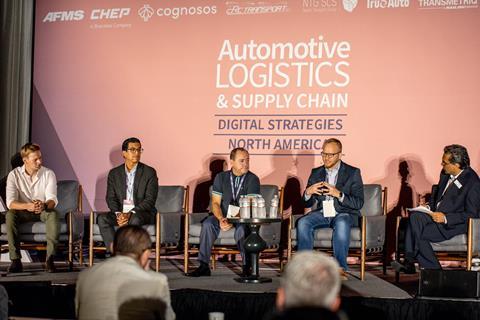
“The difference, in my view, between integration and interoperability is being able to exchange data between any system, having that common standard, that common platform, and then being able to use that data from different entities in a crossover system,” Eyes said. “So regardless of where I’m getting my data from, I can use that as a single process, so the integration is the connectivity and the interoperability is the ability to use all of that data.”
Alexander Style, general manager, Americas, Vinturas said most of the automotive supply chains are integrated well now. “A lot of advances have been made,” he said. “But we need to look at how we can make that data valuable to everyone within the supply chain network and ecosystem, rather than a typical bilateral relationship.”
David Herb, Business Insight and Strategy manager, Demand and Supply Management, Toyota North America agreed on the importance of differentiating between integration and interoperability.
Watch: David Herb, Toyota on interoperability
He said that integration is more about digital systems coming together in a seamless user experience, whereas interoperability is recognising that there are “multiple different areas of complexity”. He said: “It’s about how you can bring these systems together so that they are talking on the same wavelength.”
Barriers to seamless digital integration and interoperability
There are several barriers to integration of digital tools in the supply chain that need to be overcome before the complex task of ensuring optimal interoperability.
“There are multiple tech stacks and tech debt and there are all sorts of different systems across these vast organisations, much more the entire value chain, so trying to uplift the entirety of those systems is a very daunting task,” said Toyota’s Herb. “Where interoperability comes into play, is how you can maybe upgrade pieces, make it a bit more plug-and-play, and uplift the entirety of the system by making it a little bit more modularised.”
Ricardo Manzanera, Americas Purchasing Logistics, Transport director, Forvia said we need to consider the complexity of supply chains and how they have changed drastically since Covid. “It’s a different world,” he said, “and then you add into account the geopolitical factors that are going on plus the uplifting of the workforce and technology, it’s hard to have seamless interoperability between the systems.”
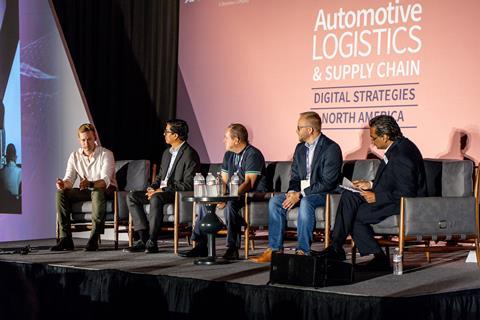
He said a way to overcome these barriers is by working with trusted partners and keeping an open, positive mindset to the changing market.
Style agreed that mindset is a big help in solving digital barriers. “We need a change in mindset from, ‘I need to get what I want,’ to ‘how can we create value across the supply chain ecosystem’,” he said.
Style added that automation could help enable this changing mindset. He gave the example of gathering data from a digital control tower and then sharing information from that with the supply chain. “But that puts the onus on the one with the control tower, to then share that information over a call or an email requires work,” he said. “So, how can we automate and create this network effect in the supply chain where we’re getting that data shared.”
TrueCommerce’s Eyes said that one of the main risks to interoperability, and to future adoption of digital technologies, is complacency. “The industry has become complacent,” he said. “Up until the mid-‘90s, the automotive industry was probably the best supply chain process in the world, but then it significantly changed, the world changed and there was a massive rush to globalization, and we were chasing that and how we could save a dollar on the production. The risk that we put on the automotive supply chain, the risk that we put on just in time and just in sequence wasn’t mitigated against. There was a lot of investment in production, there was a lot of investment in quality, but almost nothing in supply chain.”
STAY TUNED FOR MORE INSIGHT AND CONTENT ON OUR RECAP BLOG
Eyes added: “If you look at the automotive supply chain today, what’s the biggest ERP [enterprise resource planning] ever used and still is today? It’s Excel. We wonder why we can’t crack integration, it’s because everybody lives in Excel.”
According to Eyes, 80% of the automotive supply chain are small and medium suppliers that don’t have the investment available for more extensive ERP systems. “They don’t have the resources,” he said. “I speak to planners all over the world, but I have yet to meet a planner that says: ‘I trust my data, I trust my system, but I have my wonderful piece of magic in my Excel spreadsheet.’
“So, we have to have a major strategic thought change and get away from Excel and help these suppliers move to the cloud, because that’s where they can unlock that potential to move to modular based systems and that is how we’re going to improve the integration process.”





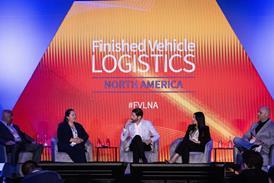
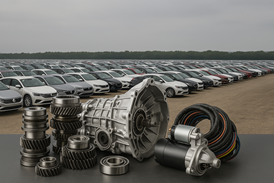



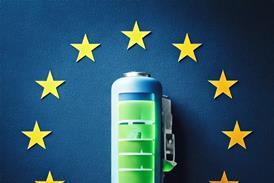





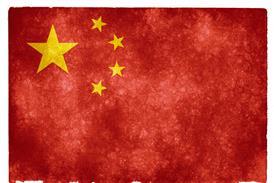
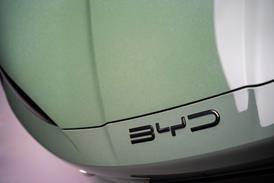
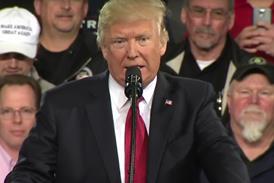






![Global[1]](https://d3n5uof8vony13.cloudfront.net/Pictures/web/a/d/s/global1_726550.svgz)

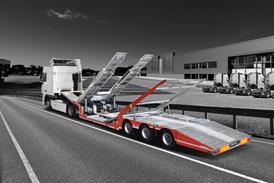
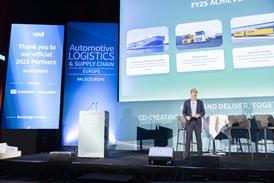

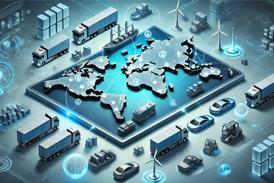
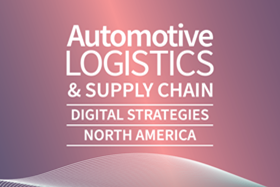
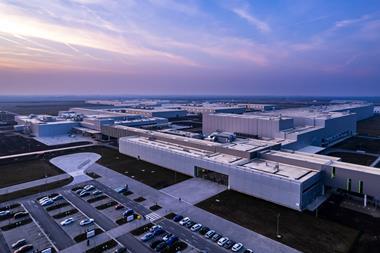

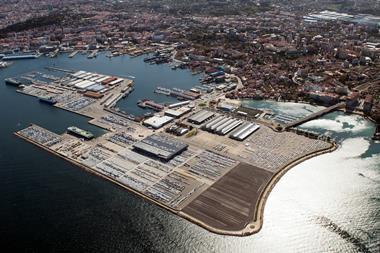






No comments yet